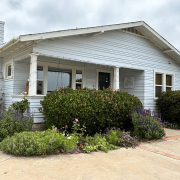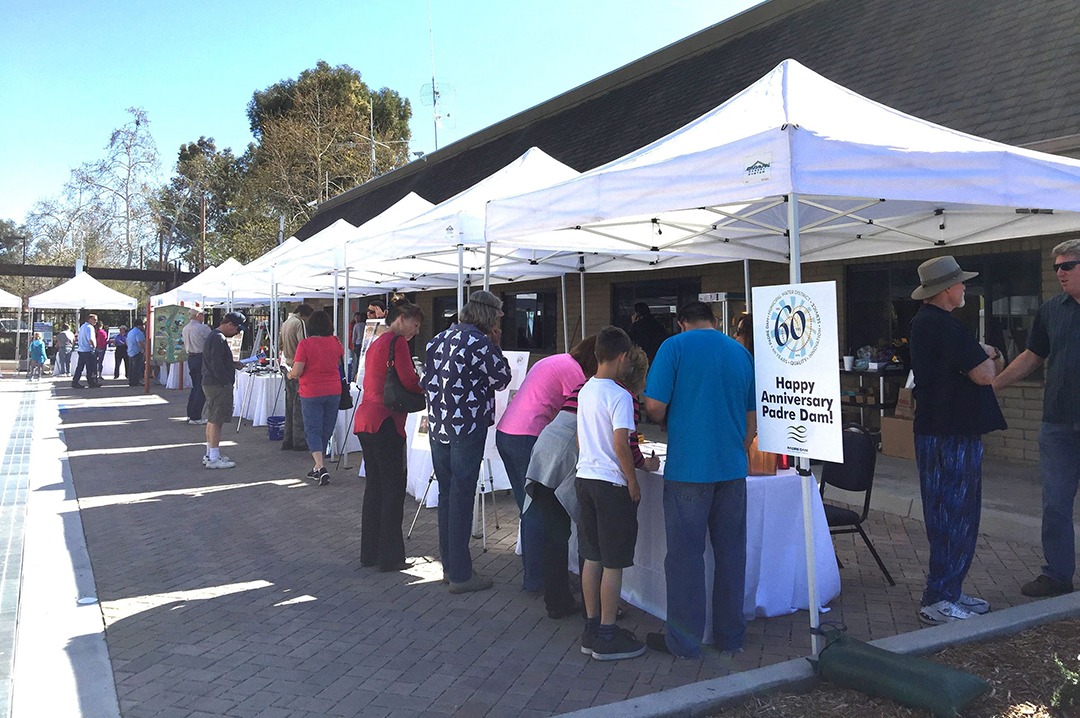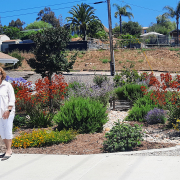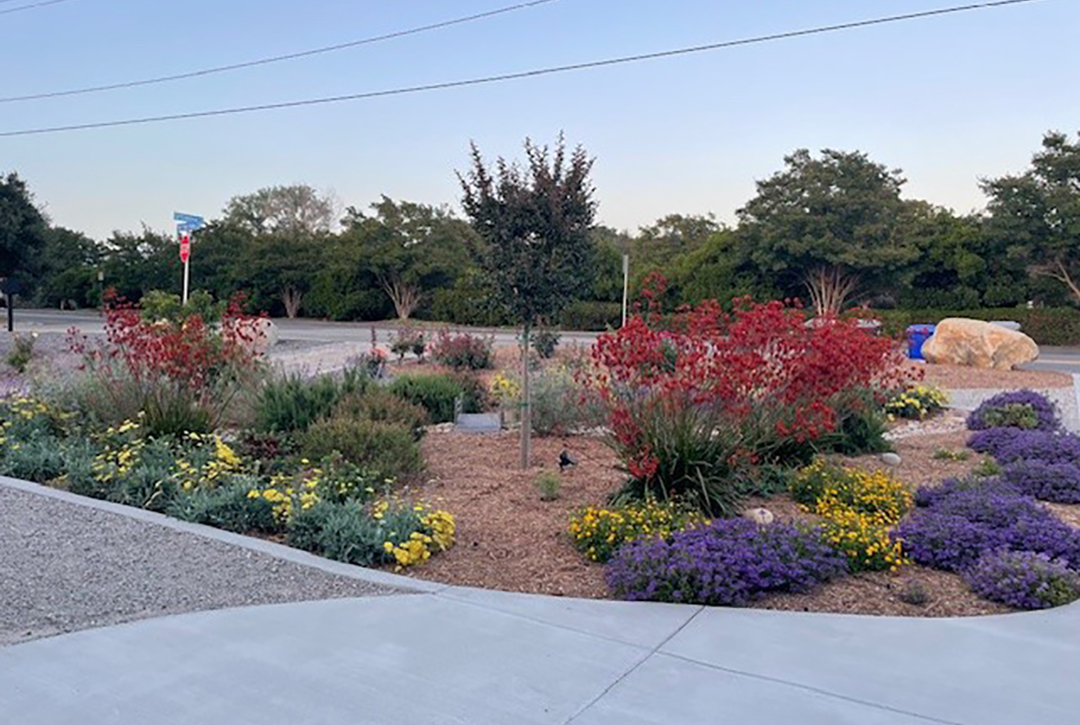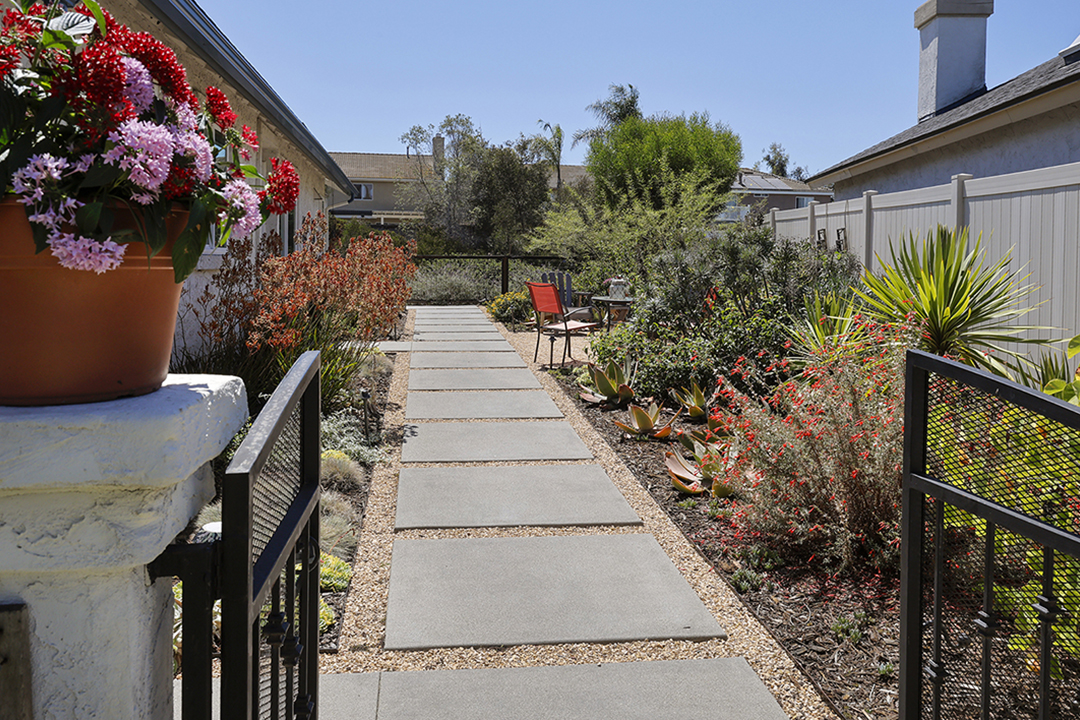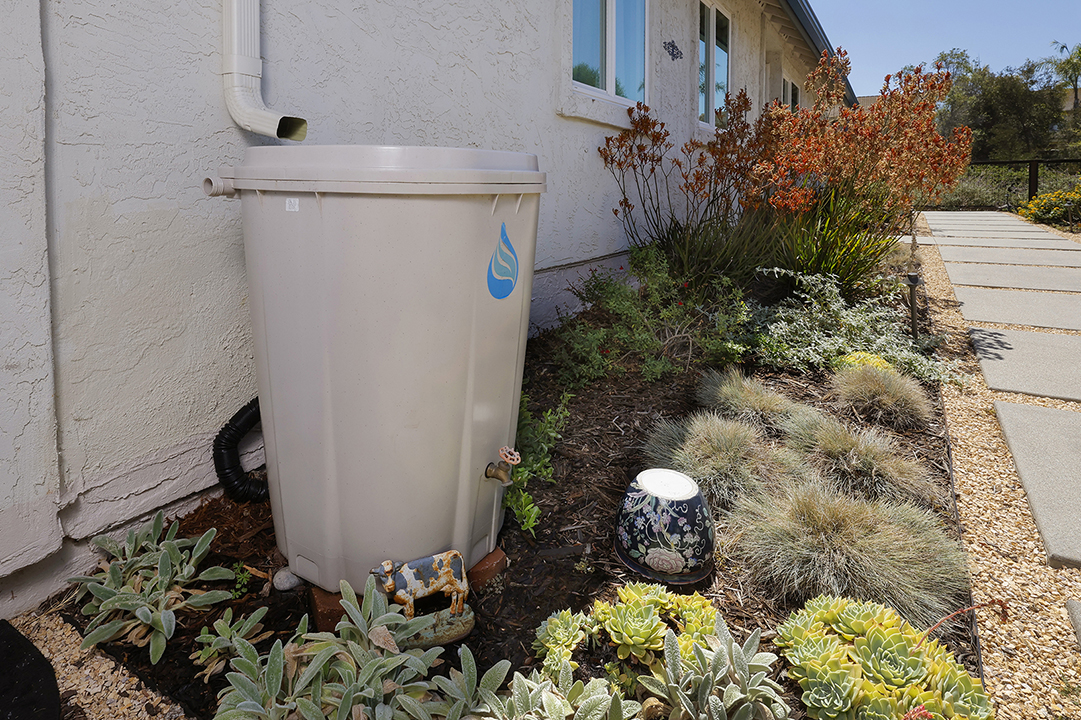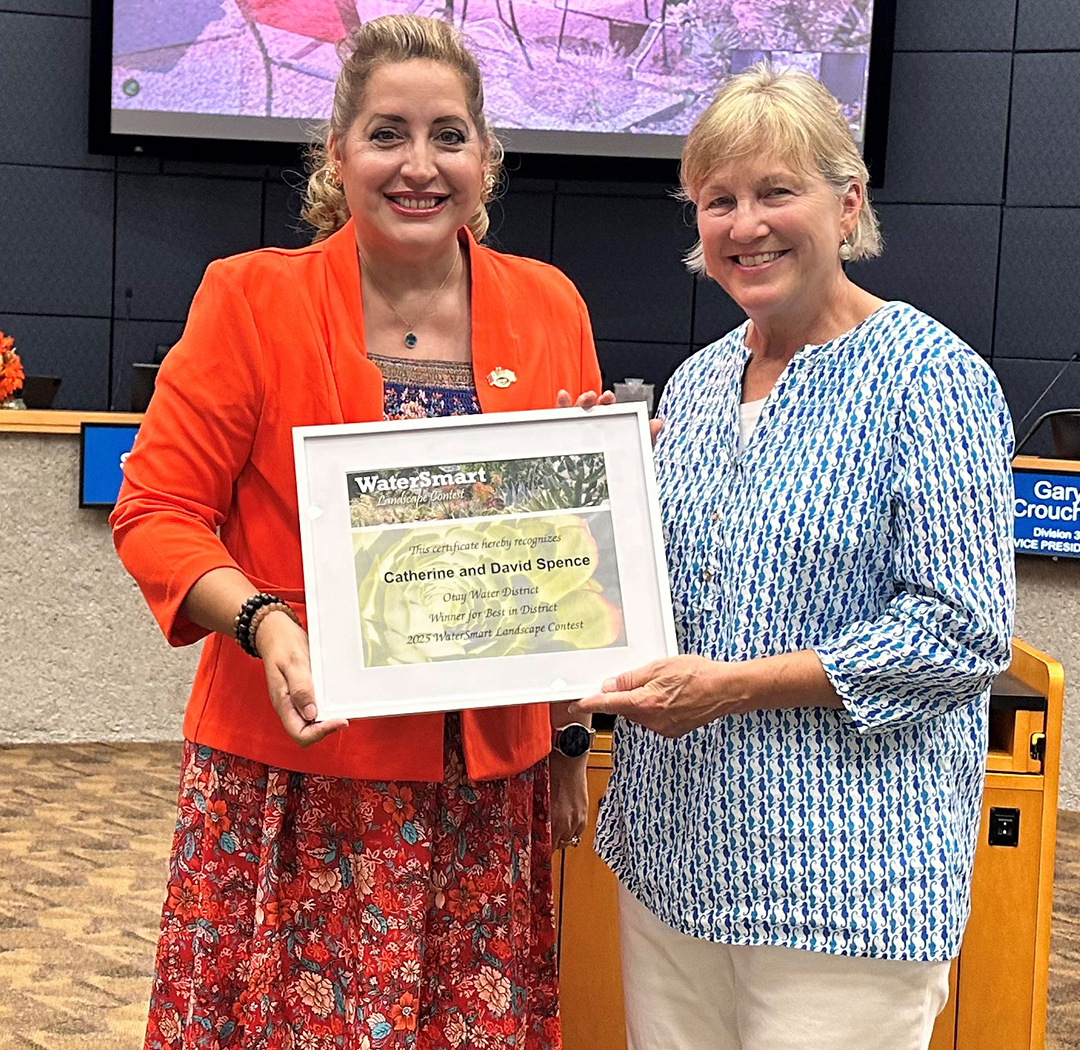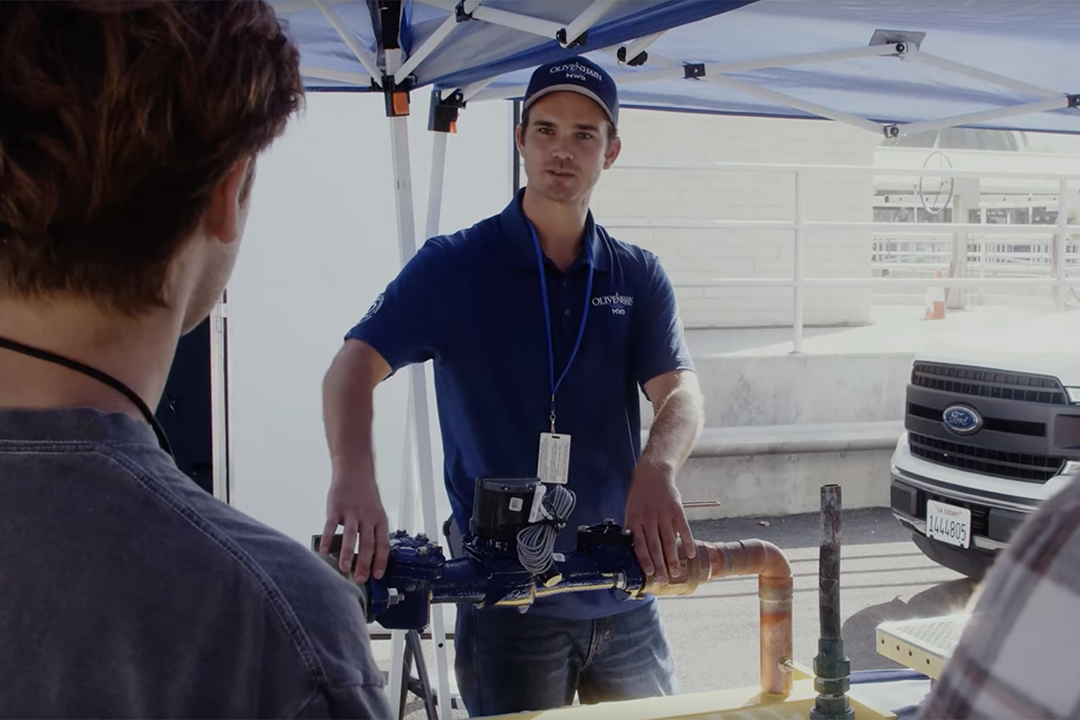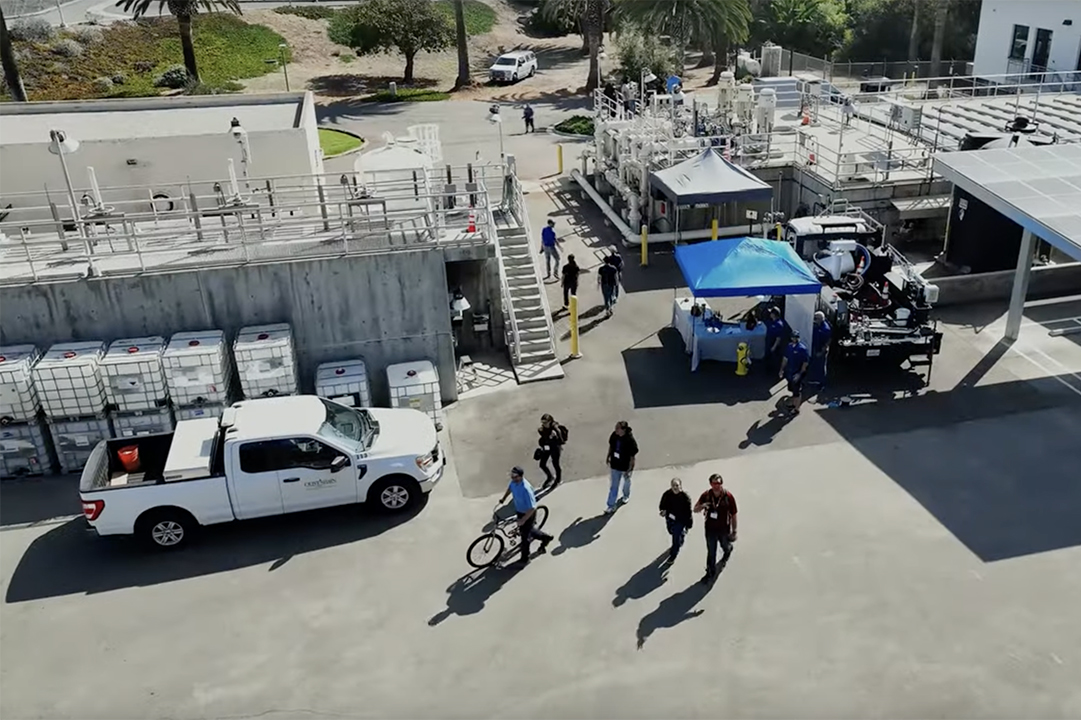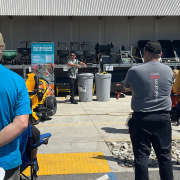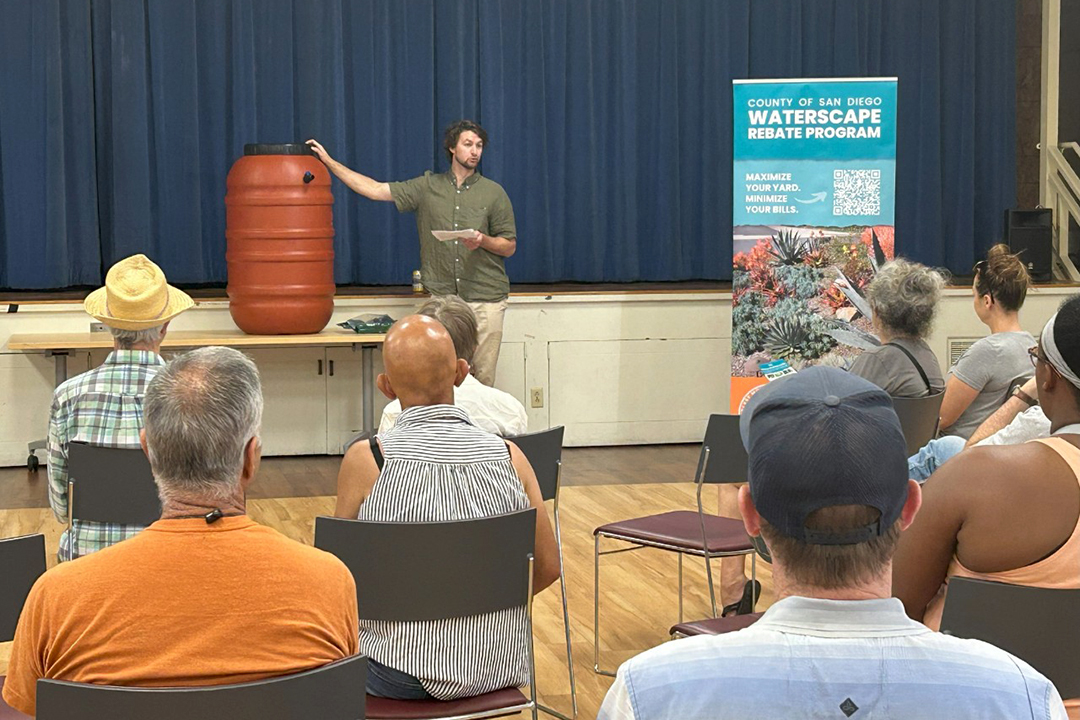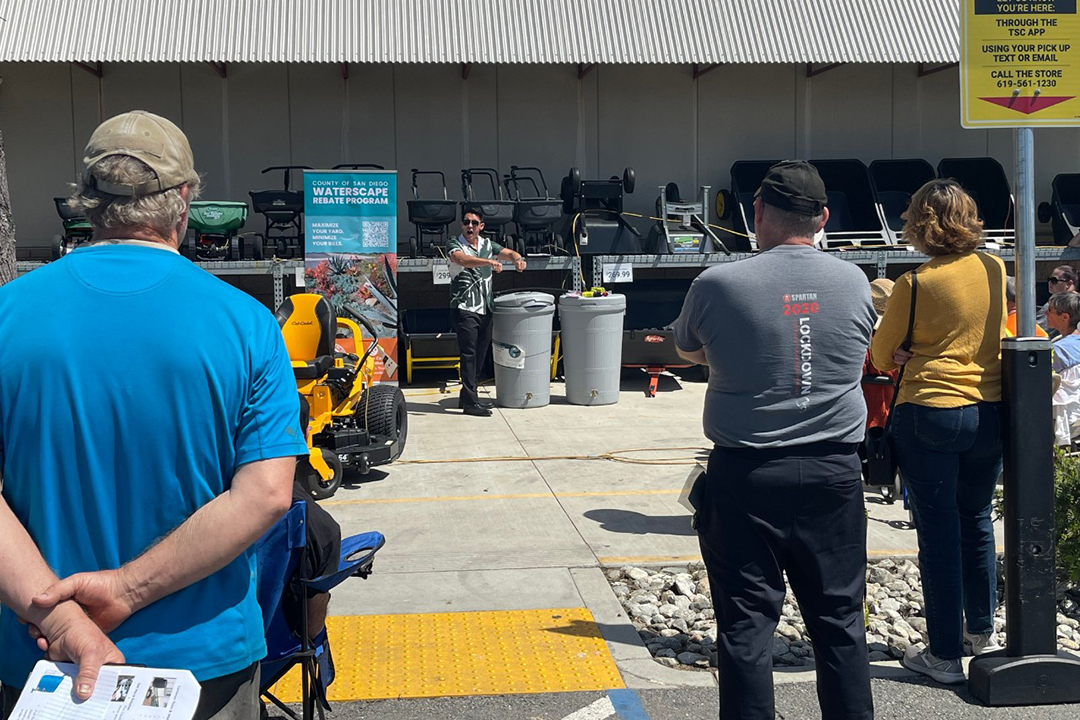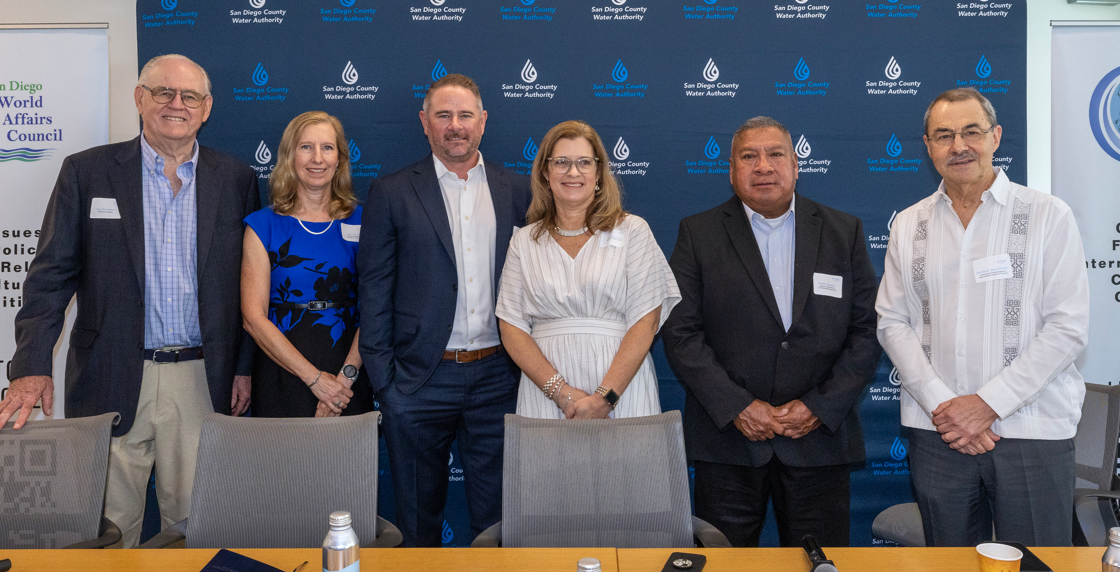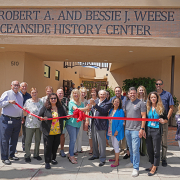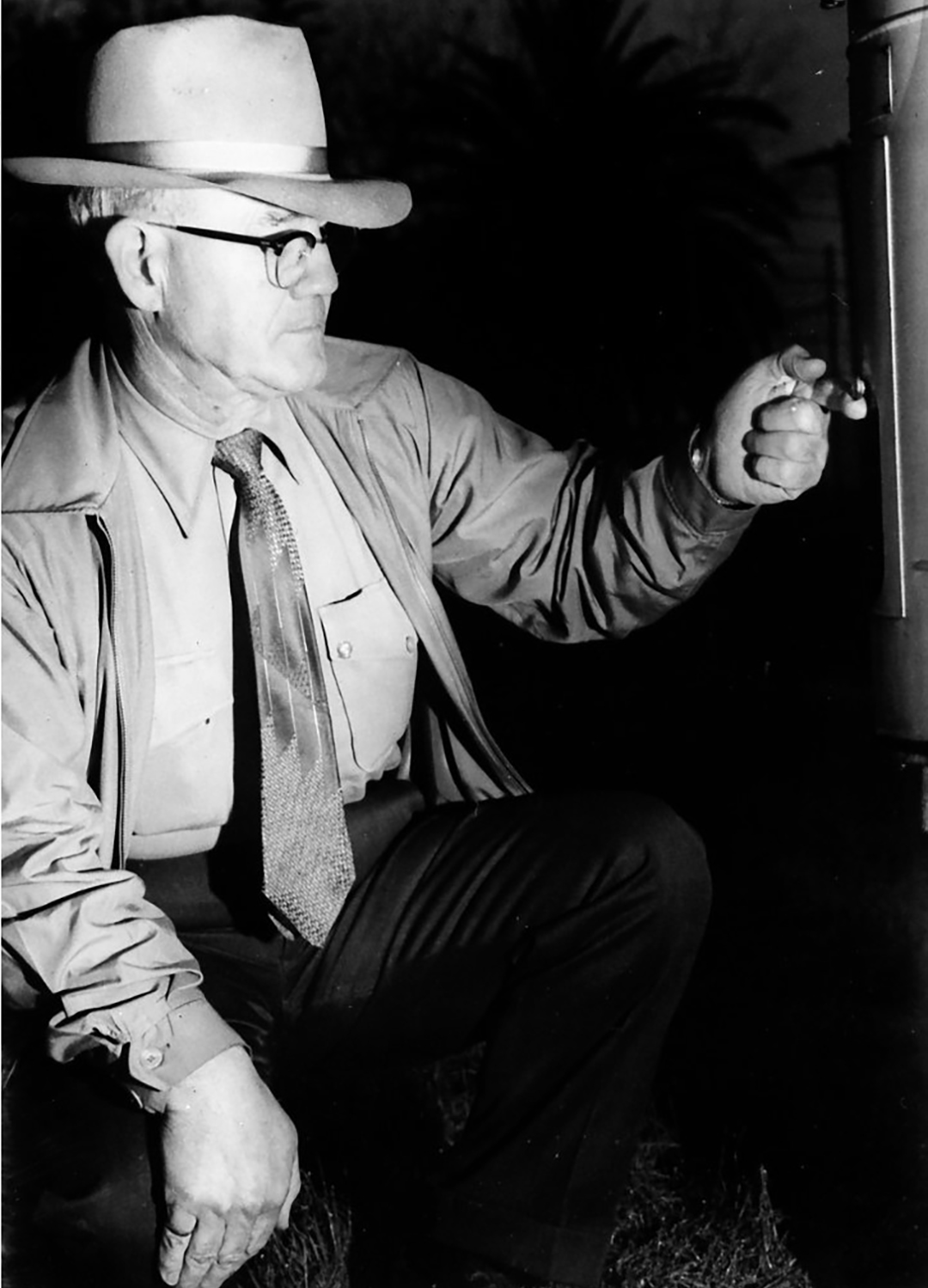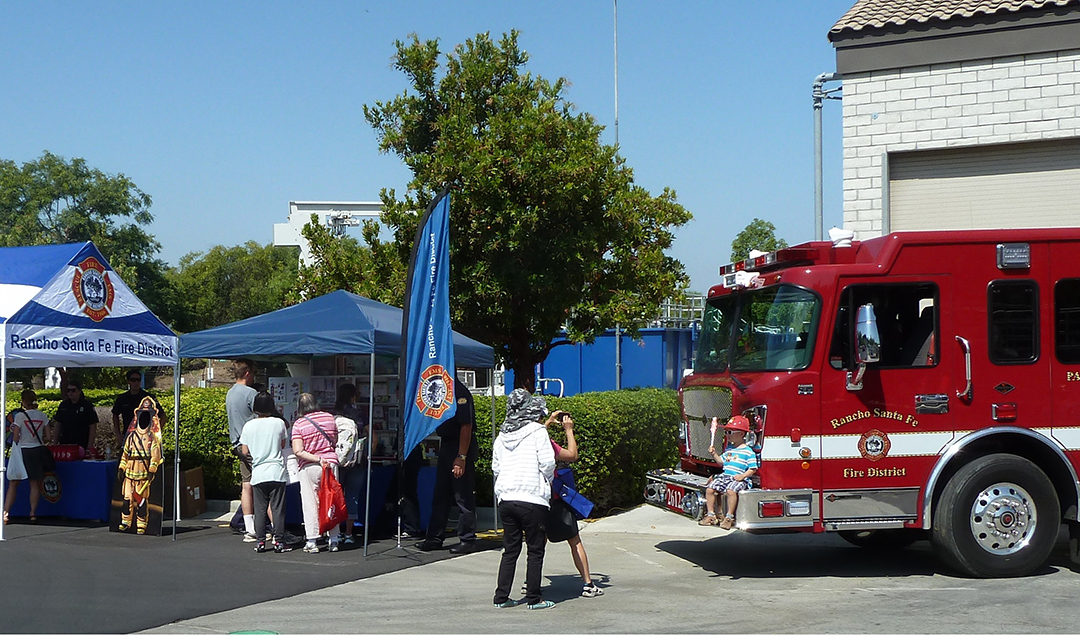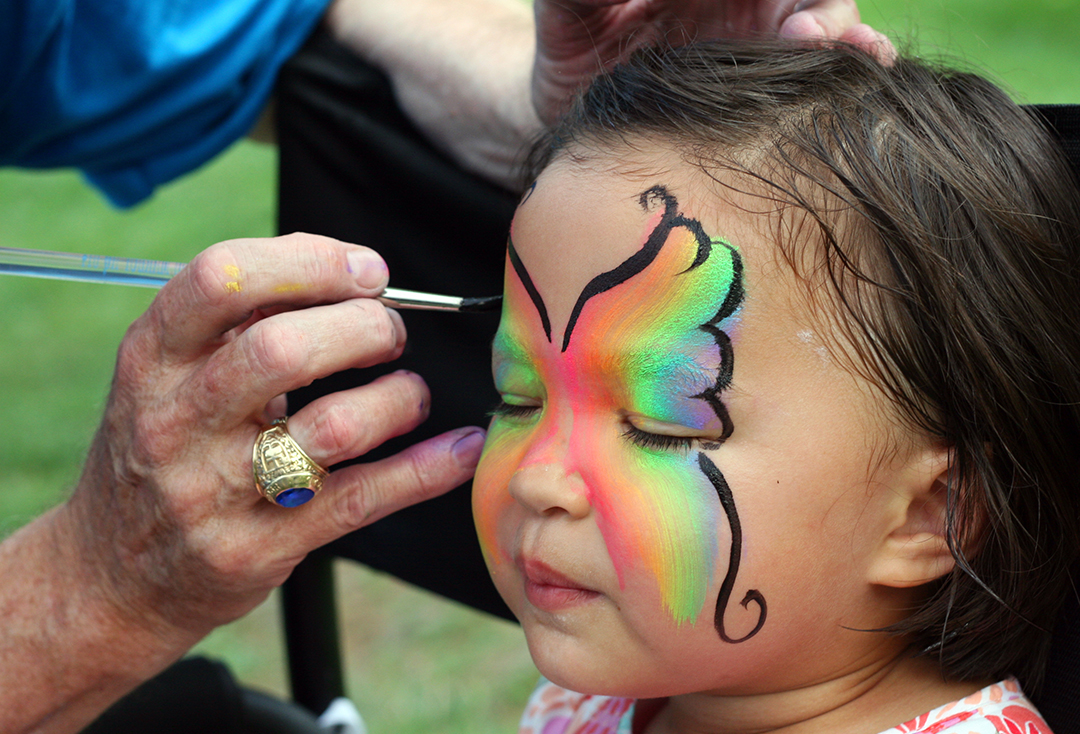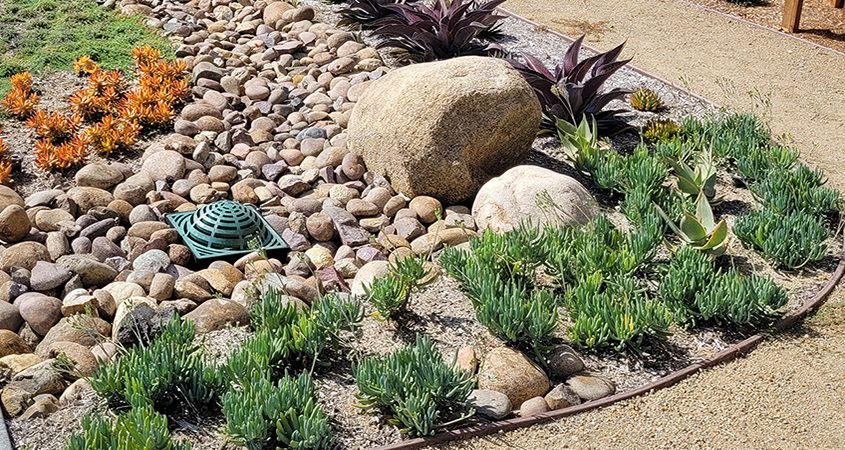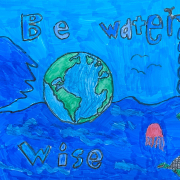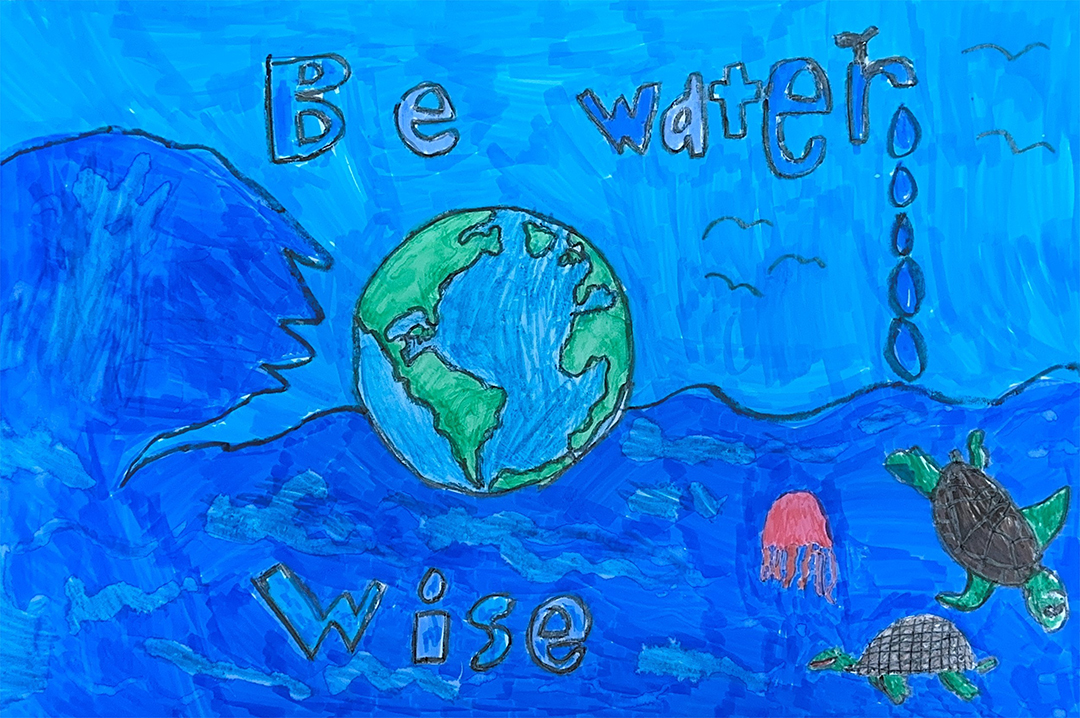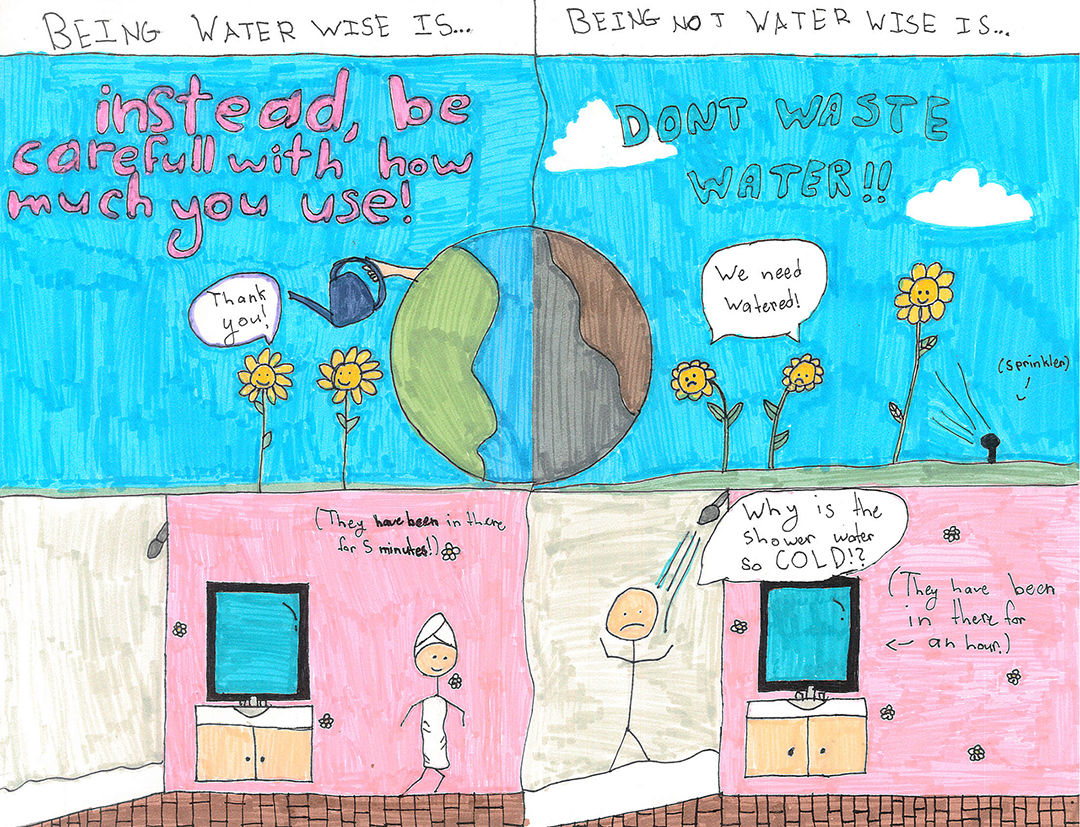Bold Color Wins 2025 Oceanside Landscape Makeover Contest
The 2025 winner of the City of Oceanside’s annual Landscape Makeover Contest proves that a beautiful garden does not need to sacrifice a lush look with plenty of color to be water-efficient.
Oceanside resident Helmut Igel entered the contest on behalf of his wife, Julie Igel. She didn’t know he had entered the competition on her behalf. He intended it as a surprise and hoped to surprise her on her birthday if she was named the winner. Mission accomplished!
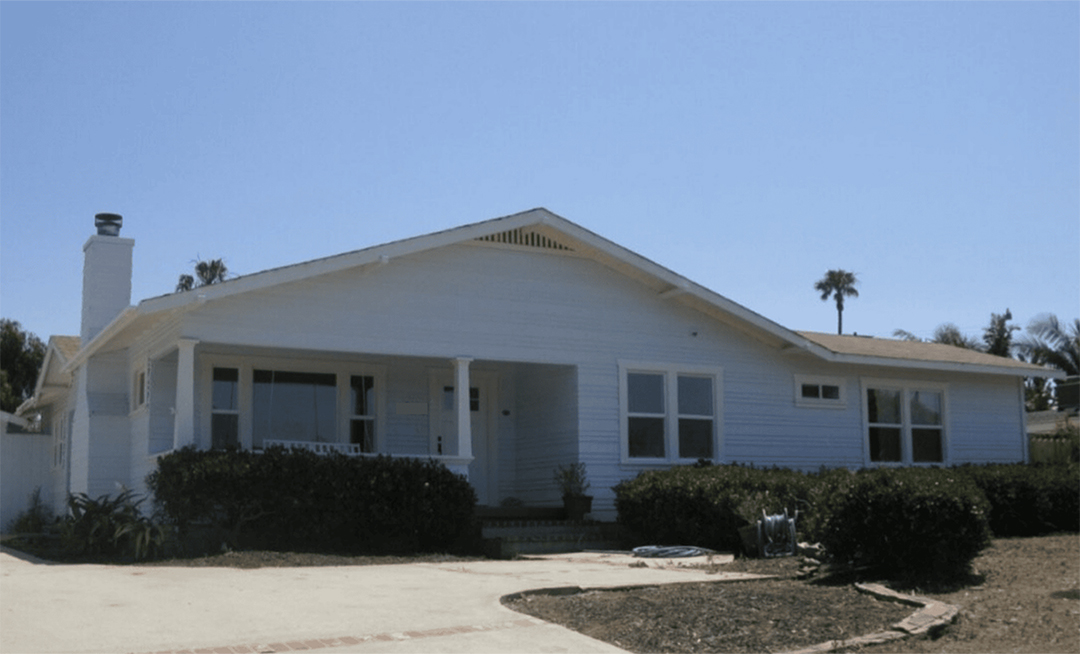
The Igel home before its landscaping transformation by Julie Igel. Photo: City of Oceanside
Emyle Rogers, City of Oceanside Management Analyst in the Water Efficiency program, said the Igels were excited to learn Julie was the winner. “Julie is very dedicated to her garden and wants to give back and provide habitat for wildlife,” said Rogers. Helmut presented Julie with her winner’s certificate as part of her birthday celebration.
The goal for the landscape makeover was to create a vibrant, sustainable landscape that reflects both beauty and responsibility.
Sustainability and Conservation Without Sacrificing Color

The new landscaping is full of colorful, water wise plants with flowers that attract pollinators. Photo: City of Oceanside
Because the Igels’ garden covers a large area, they made water conservation a top priority. Instead of a traditional lawn, the Igels selected low-water plants well-suited to thrive in the San Diego regional climate while still delivering bold color, texture, and year-round interest.
Plants selected for the landscape include California Poppy, Pride of Madera, Purple Sage, Calendula, and Sweet Alyssum. Choices are favorites of pollinators like butterflies, bees, and hummingbirds.
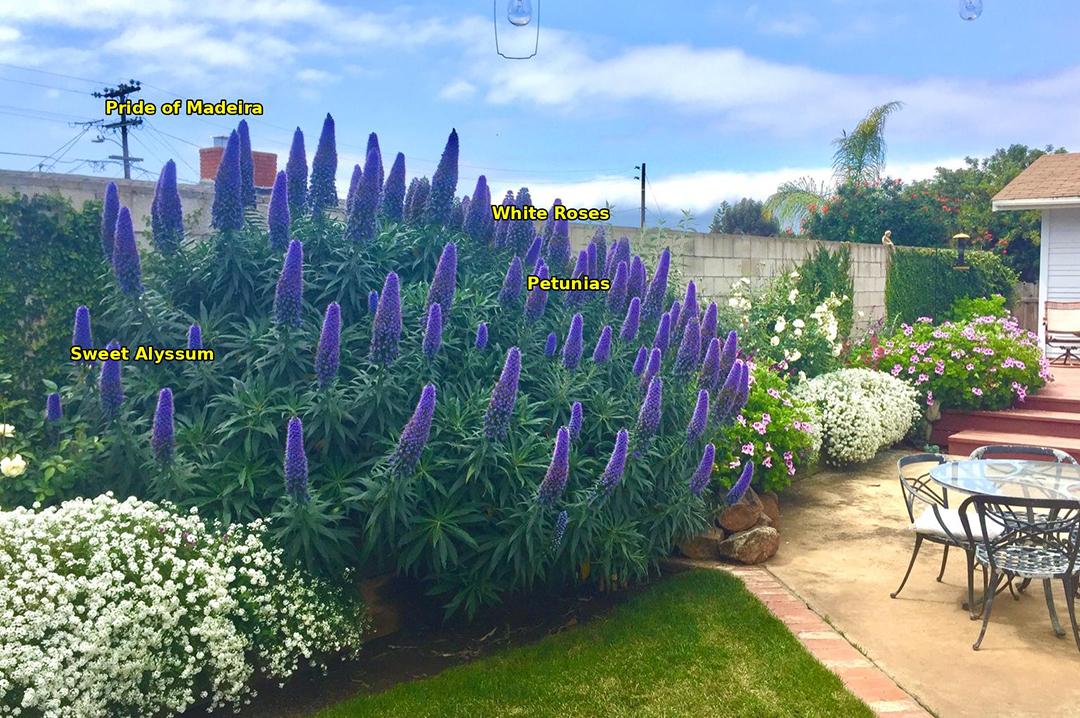
For help choosing beautiful low-water use plants for your landscaping project, refer to the Water Authority’s “Happy 100” plant list for help. Photo: City of Oceanside
The winning result is a water-efficient garden that’s anything but boring. It proves that a lush, colorful landscape doesn’t have to come at the cost of excess water use.
Homeowners undertaking a similar landscape makeover can take advantage of free tools to help them get started. Online or in-person landscape classes cover topics including native landscapes, turf transformation, and irrigation systems. Learn more on the regional website.
They can also review the San Diego County Water Authority’s “Happy 100” plant list to choose annuals, perennials, groundcovers, shrubs, and trees that provide color and thrive in our climate and soils with a minimal amount of irrigation. Find the list on the Water Authority website.

California poppies are stars in the landscape. Photo: City of Oceanside

